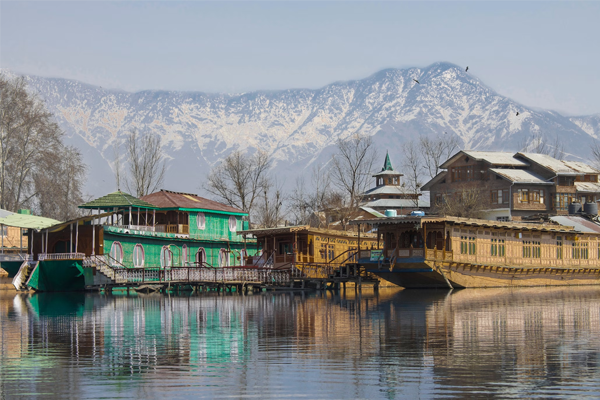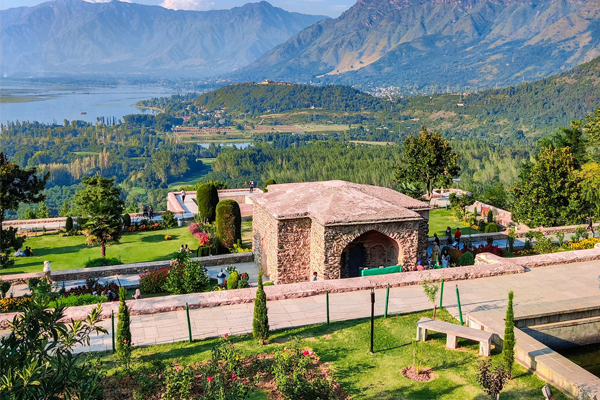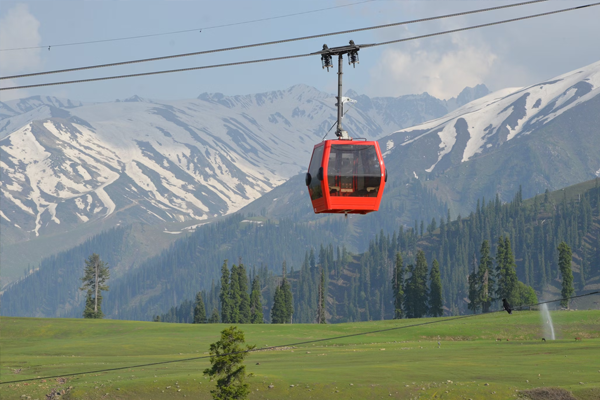Kashmir is a region in the northern part of the Indian subcontinent, known for its breathtaking natural beauty, cultural richness, and geopolitical significance. It is currently administered by three countries: India, Pakistan, and China. The region has been a longstanding point of dispute between India and Pakistan, and both countries control parts of the territory.
Here are some key aspects of Kashmir:
Geography: Kashmir is situated in the northern part of the Indian subcontinent and is characterized by its stunning landscapes, including the Himalayan mountain range, lush valleys, lakes, and rivers. The Vale of Kashmir, often simply called “Paradise on Earth,” is particularly famous for its beauty.
Jammu and Kashmir: The Indian-administered part of Kashmir is divided into two regions: Jammu and Kashmir. Jammu is known for its temples and diverse landscapes, while the Kashmir Valley is renowned for its scenic beauty.
Tourist Attractions: Kashmir is a popular tourist destination. Dal Lake, with its houseboats and Shikara rides, the Mughal Gardens, Gulmarg (a famous ski resort), Pahalgam, and the Amarnath Cave are among the notable attractions.
Cultural Heritage: Kashmir has a rich cultural heritage that includes traditional music, dance, and handicrafts. The region is famous for its Pashmina shawls, Kashmiri carpets, and papier-mâché items.
Religious Diversity: The region is home to people of various religious backgrounds, including Islam, Hinduism, and Sikhism. The Amarnath Yatra, an annual pilgrimage to the Amarnath Cave, is significant for Hindus.
It’s important to note that the situation in Kashmir is complex and sensitive, and the geopolitical landscape may have evolved since my last update in January 2022. Travelers should check the latest travel advisories and conditions before planning a visit to the region.




